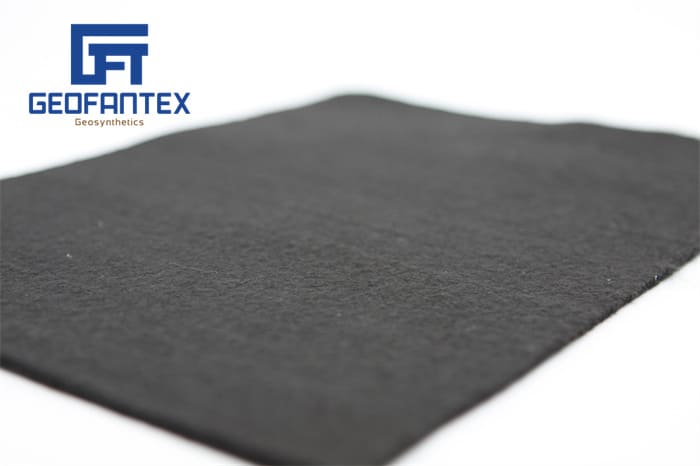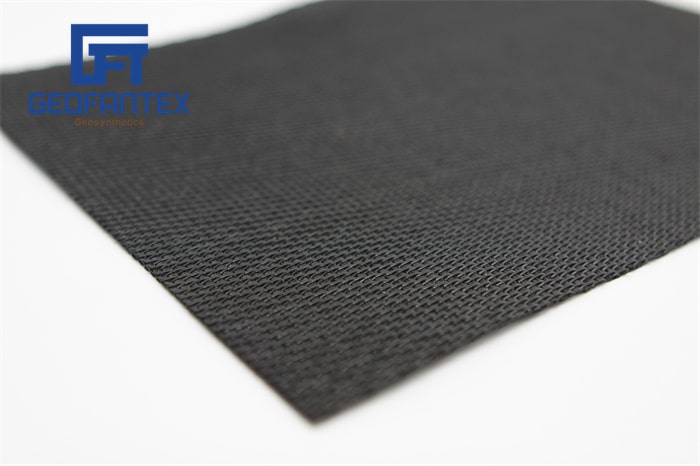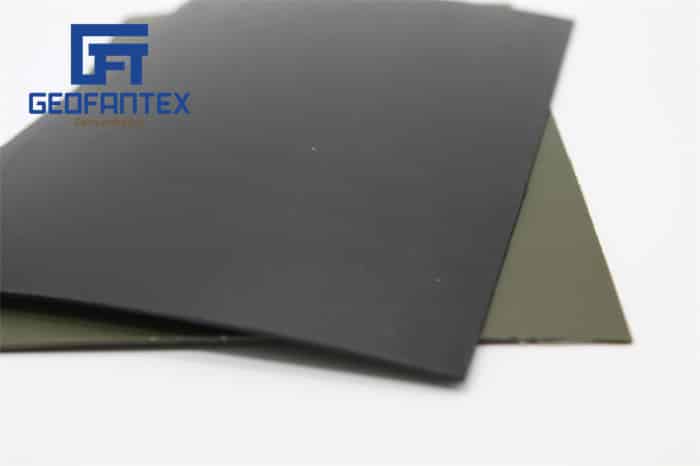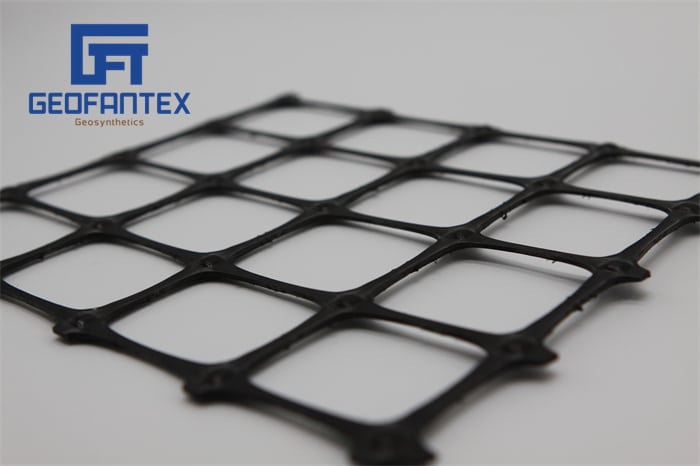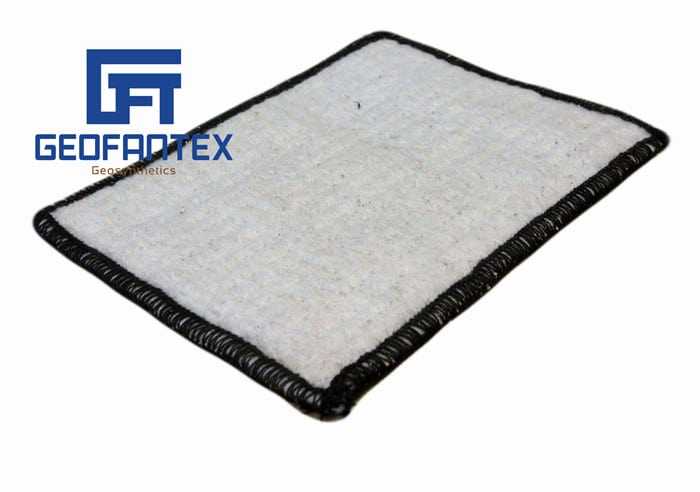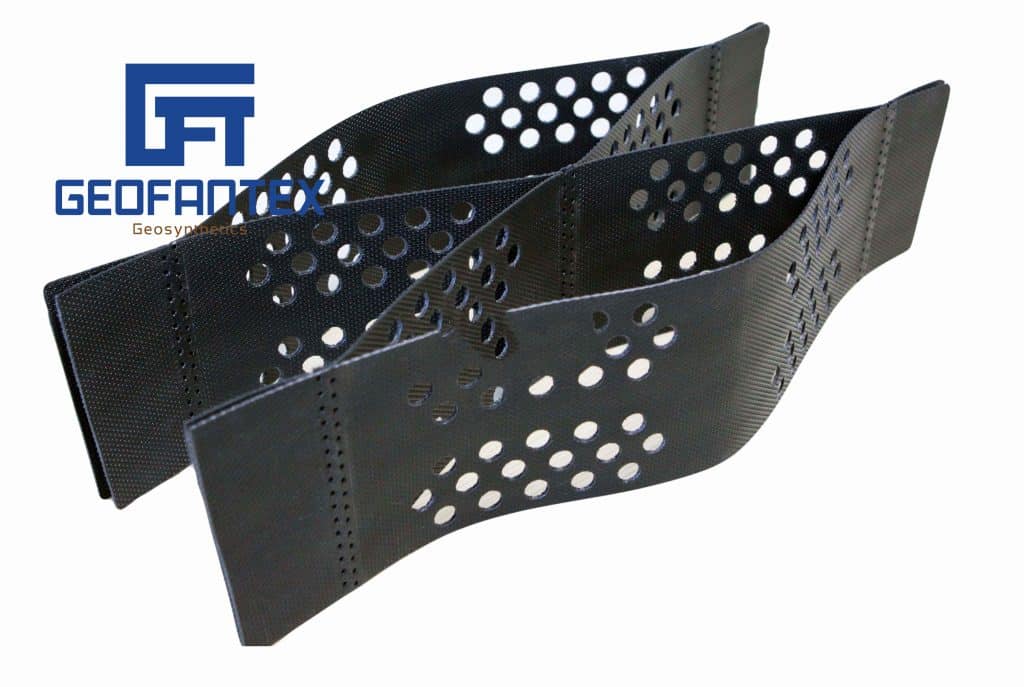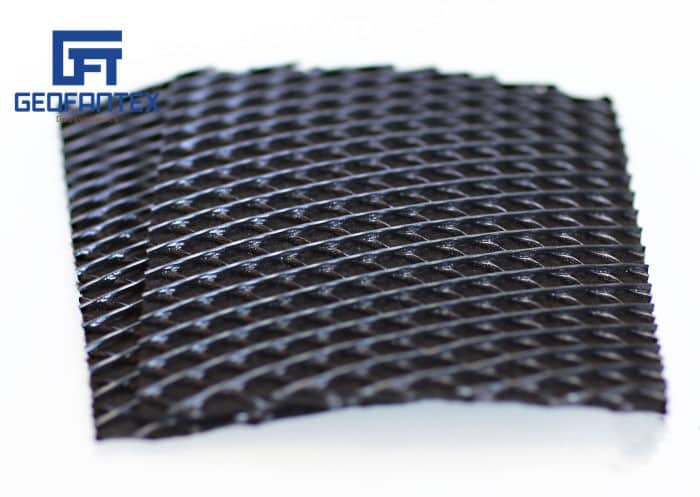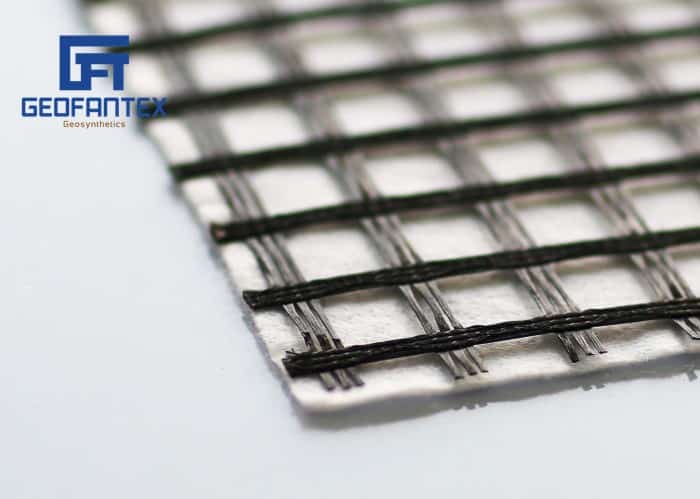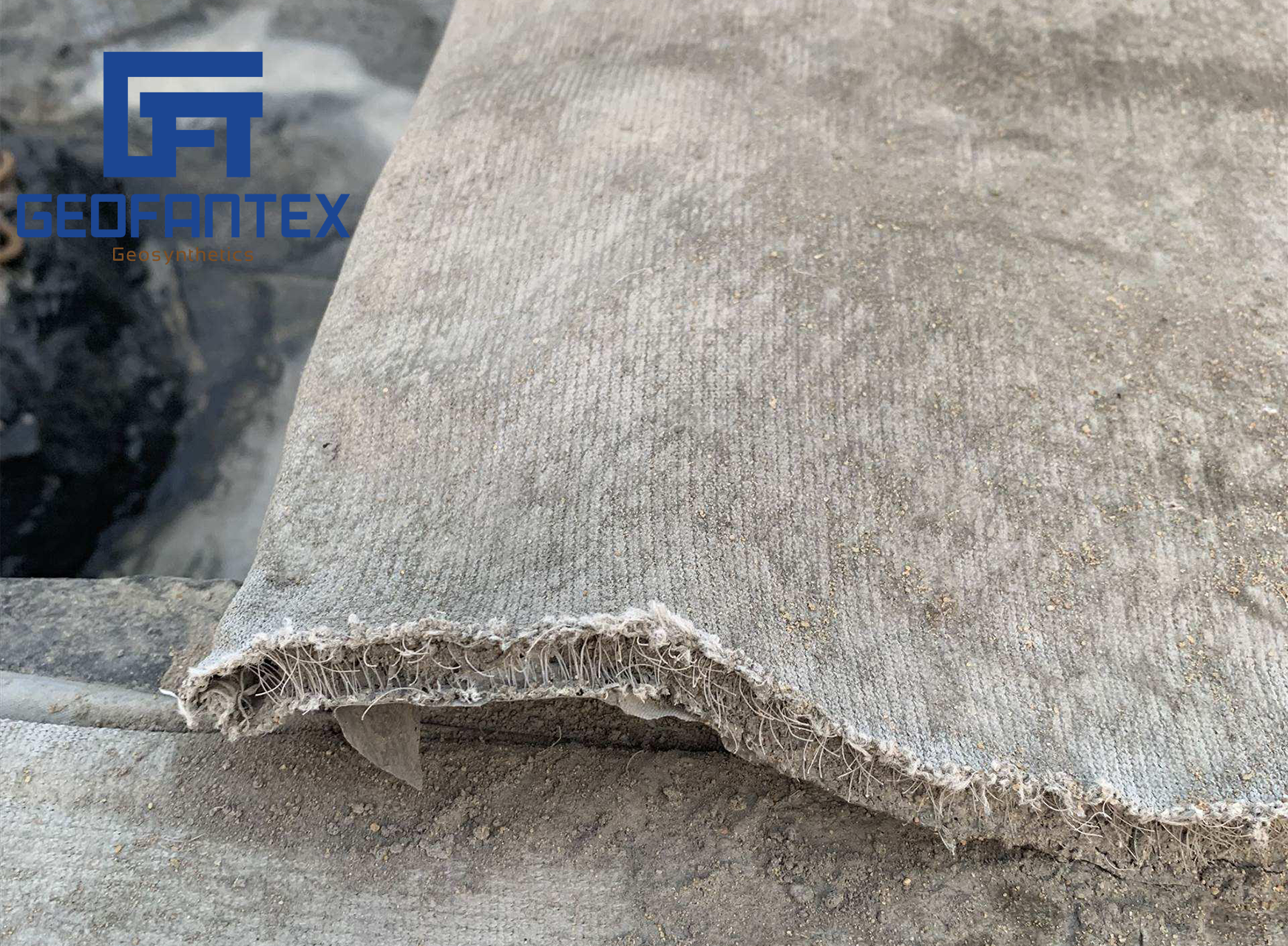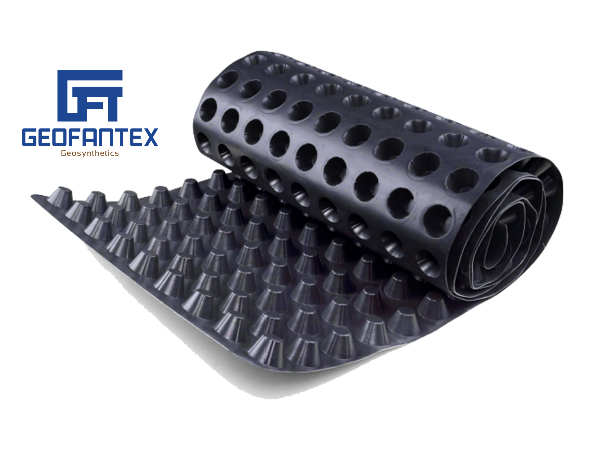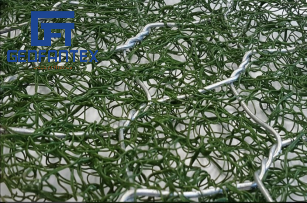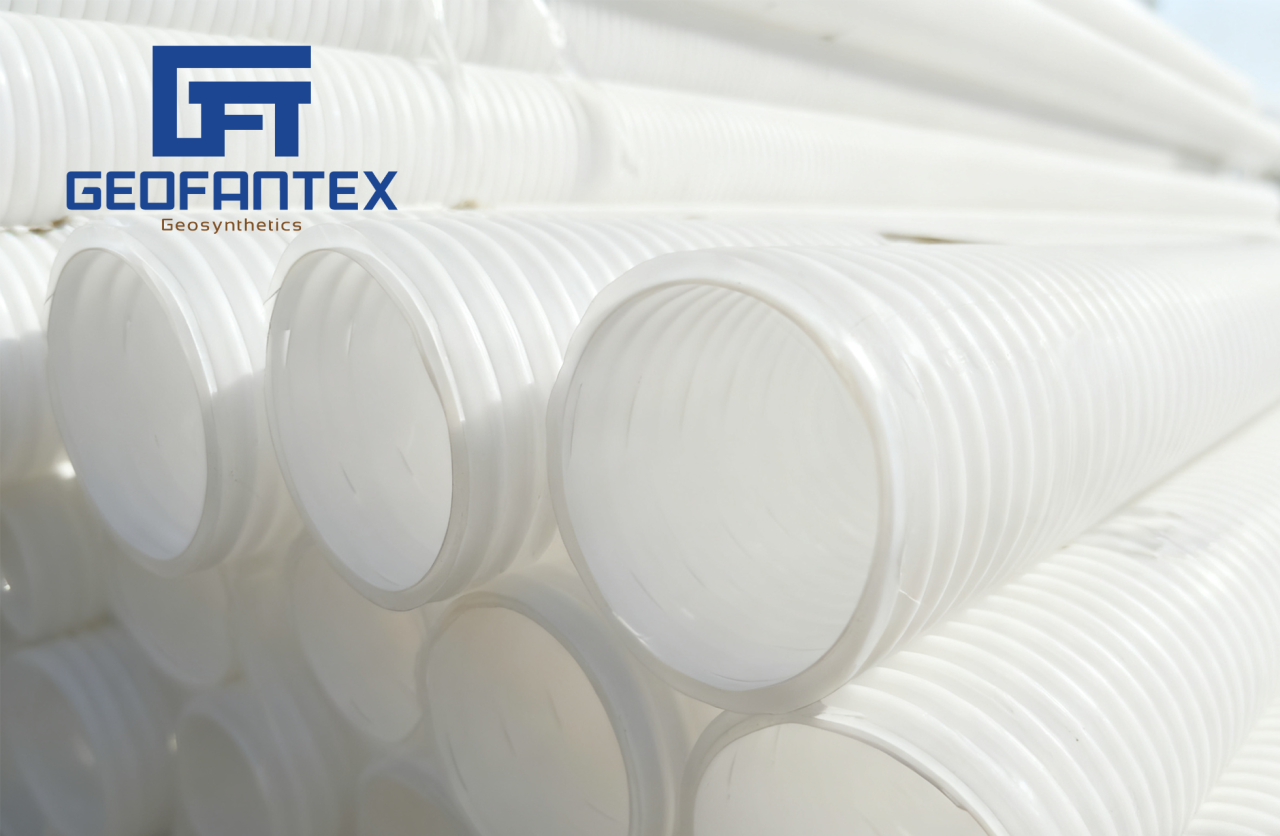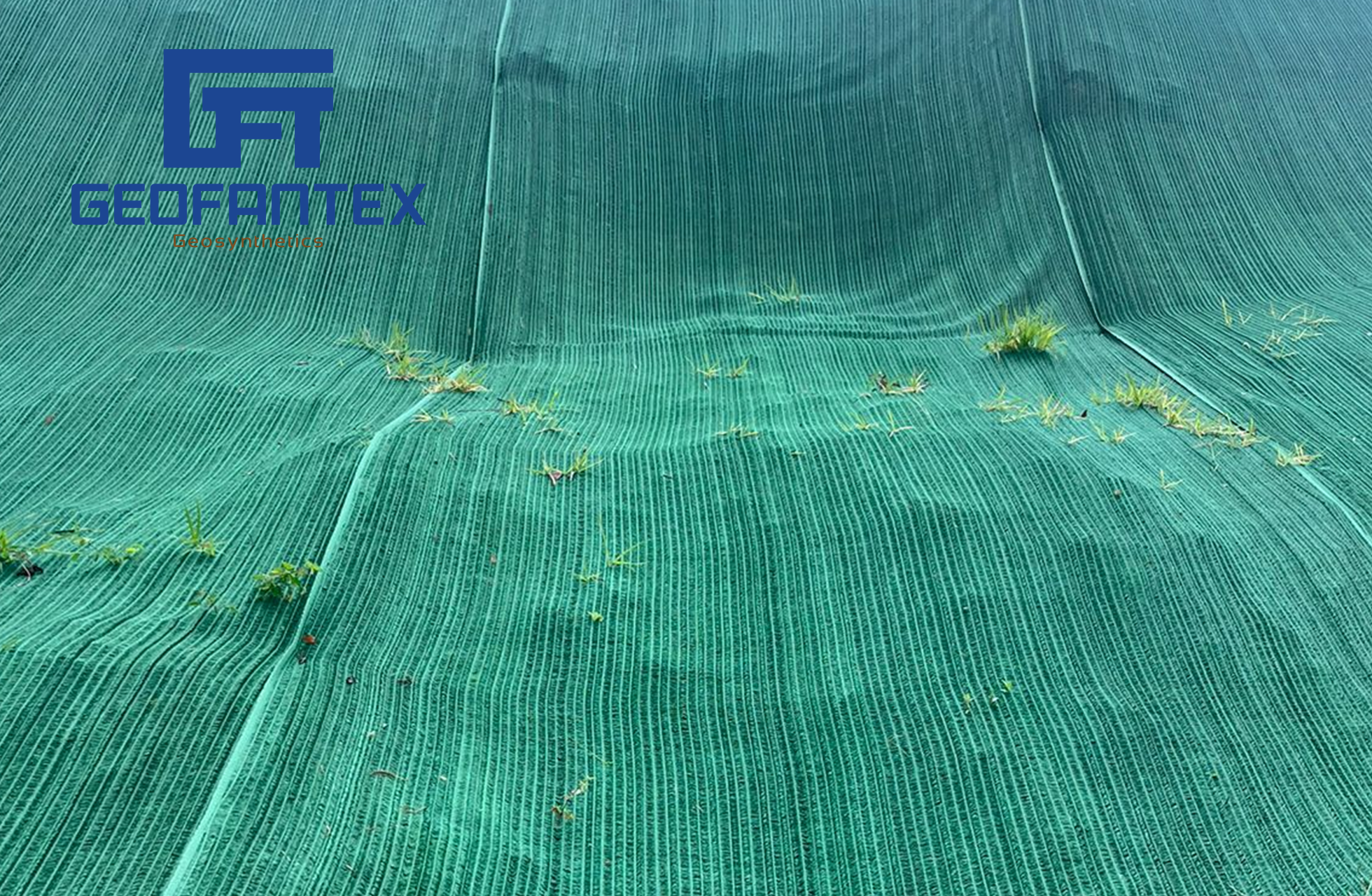+86-159 9860 6917
info@geofantex.com
geofantex@gmail.com
+86-400-8266163-44899
Cross-section geosynthetic geotextiles are essential in modern civil engineering, providing structural stability, drainage, and erosion control. Geosynthetic materials, including geotextiles, are often viewed in cross-section to understand their interaction with soil layers and other construction materials. These geotextiles, either woven or non-woven, are laid within soil layers to create reinforced, durable surfaces and structures. From road construction to erosion prevention, cross-section geosynthetic geotextiles offer a sustainable approach to enhancing soil properties. This article answers common questions about their purpose, function, and benefits in construction and landscaping.
What is a cross-section geosynthetic geotextile?
A cross-section geosynthetic geotextile refers to a geotextile material (woven or nonwoven fabric) used in construction for filtration, drainage, or reinforcement. The “cross-section” typically shows the internal structure or layers of the material, which affects its performance, such as soil stabilization or water filtration. It’s often used in projects like road construction, erosion control, or drainage systems.

Why are cross-sections important in geosynthetic applications?
Cross-sections are important in geosynthetic applications because they reveal the internal structure and design of the material, which directly impacts its performance. Here’s why they matter:
- Material Composition: A cross-section shows whether the geotextile is woven or nonwoven, and how the fibers or filaments are arranged. This affects the material’s strength, filtration properties, and durability.
- Layering and Functionality: Many geosynthetics are multilayered or composite materials. A cross-section allows engineers to understand how different layers (e.g., drainage, filtration, reinforcement) interact and contribute to the overall performance.
- Thickness and Porosity: The cross-section reveals the thickness of the material and its porosity (how well water can pass through). These properties are crucial for applications like drainage or filtration.
- Load Distribution: In reinforcement applications (e.g., soil stabilization), cross-sections help engineers assess how well the geotextile will distribute loads and resist deformation under pressure.
- Durability and Longevity: Understanding the internal structure through cross-sections can give insight into how the material will hold up under various environmental conditions, like UV exposure or moisture.
Overall, cross-sections help engineers and designers select the right geosynthetic material for a specific project and ensure that it performs as expected.
How does a geotextile function in soil reinforcement?
Geotextiles function in soil reinforcement by improving the strength, stability, and load-bearing capacity of soil structures. Their role is crucial in civil engineering applications where weak or unstable soil needs enhancement.
How Geotextiles Reinforce Soil:
- Tensile Strength Enhancement – Geotextiles act like a reinforcing mesh, distributing loads across a wider area and reducing stress on the soil.
- Confinement Effect – They help hold soil particles together, preventing displacement and maintaining structural integrity.
- Separation of Soil Layers – Prevents weaker subgrade materials from mixing with aggregates, ensuring consistent performance.
- Erosion Control – Reduces soil loss due to water and wind, maintaining slope and embankment stability.
- Improved Load Distribution – Reduces settlement and enhances the bearing capacity of roads, embankments, and retaining walls.
Applications of Geotextiles in Soil Reinforcement:
- Retaining Walls & Slopes – Provides stability and prevents soil movement.
- Road & Pavement Construction – Reduces rutting and extends road lifespan.
- Embankments & Foundations – Supports construction over weak or compressible soils.
- Landfills & Coastal Protection – Strengthens soil structures against environmental forces.
What types of geotextiles are used in cross-sectional applications?
In cross-sectional applications such as roads, railways, and embankments, different types of geotextiles are used depending on the required function:
- Woven geotextiles are made by weaving polypropylene or polyester yarns. They offer high tensile strength and are mainly used for reinforcement and separation, making them ideal for stabilizing weak subgrades.
- Non-woven geotextiles are produced through needle-punching or thermal bonding of fibers. They are commonly used for filtration and drainage, especially in retaining walls, drainage layers, and erosion control.
- Knitted geotextiles are manufactured using knitting techniques and are sometimes combined with woven or non-woven methods. These are used in specialized projects that need flexible and adaptable geotextile structures.
Each type is selected based on project needs such as load requirements, soil characteristics, and desired functions like separation, filtration, or reinforcement.
Cross-section geosynthetic geotextiles are a critical tool in civil engineering, offering support, stability, and drainage to infrastructure projects. By analyzing these geotextiles in cross-section, engineers can optimize their placement within soil structures, improving project outcomes and sustainability. Whether in roads, retaining walls, or slope stabilization, cross-section geosynthetic geotextiles contribute to resilient, long-lasting, and eco-friendly construction solutions.
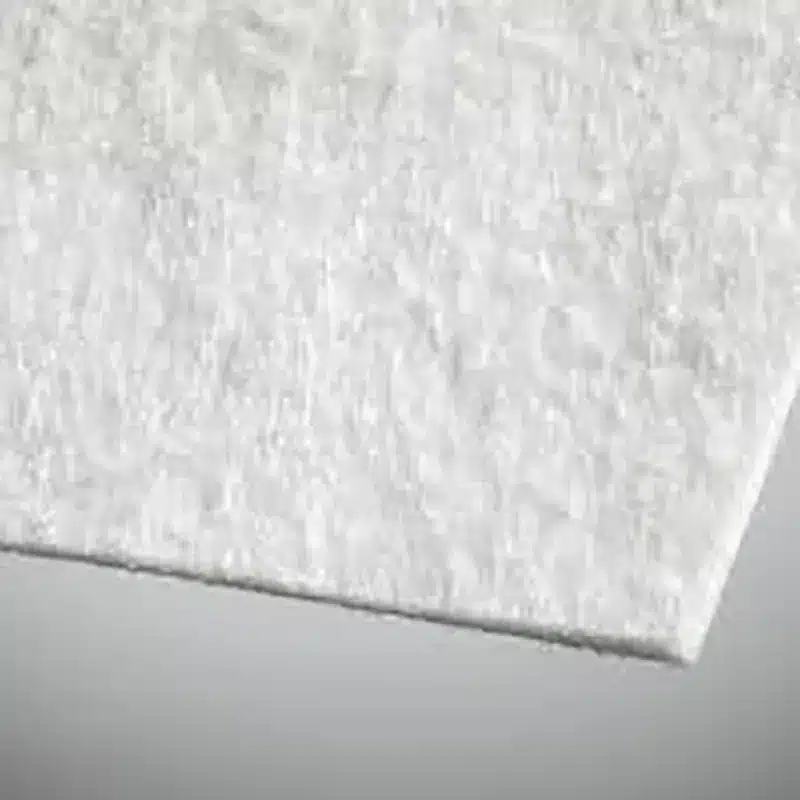
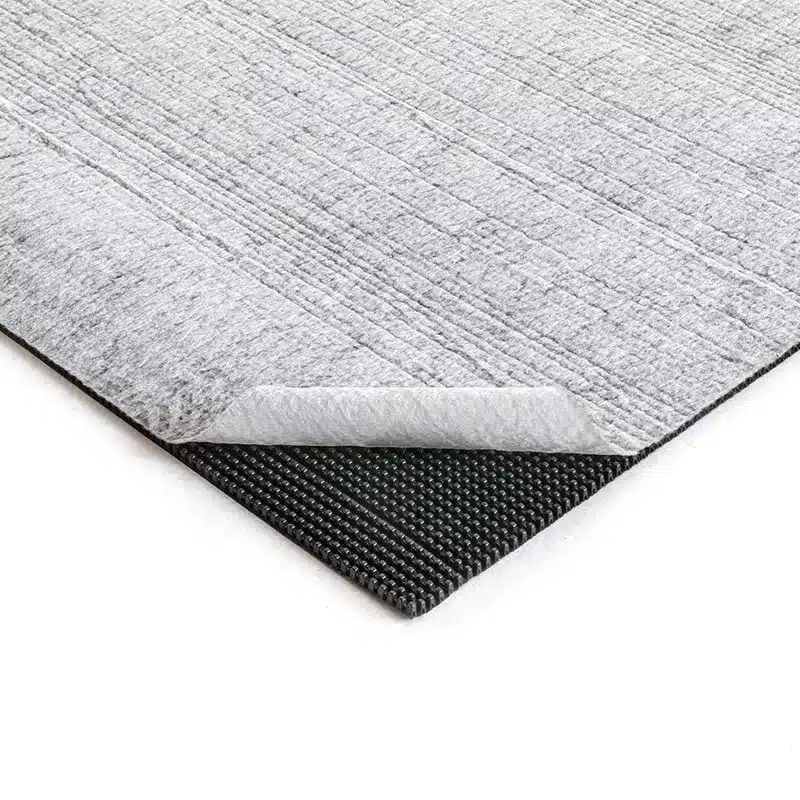
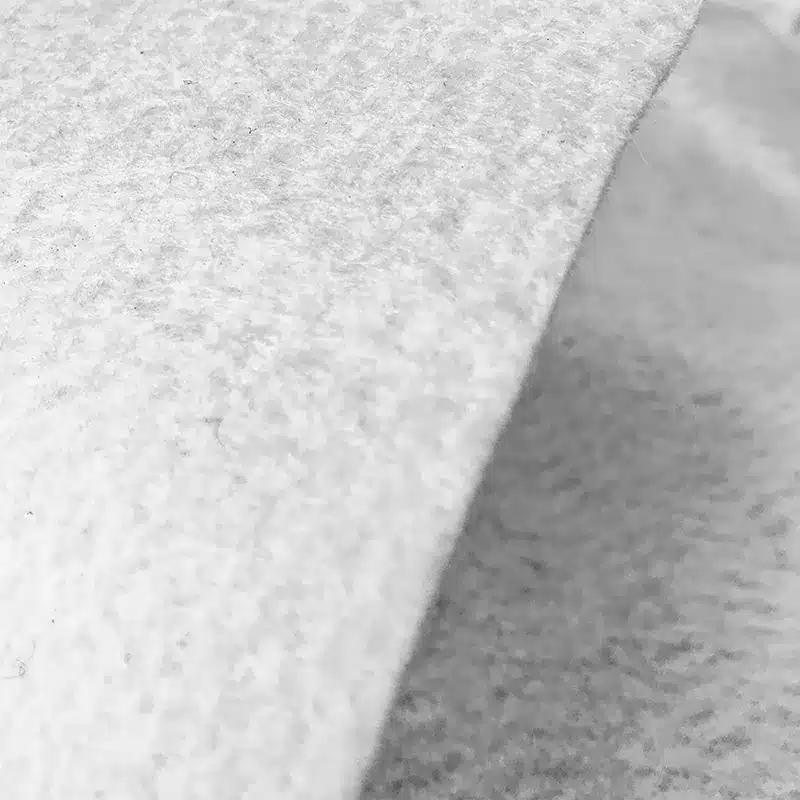
Get Free Sample
We’ll respond as soon as possible(within 12 hours)

